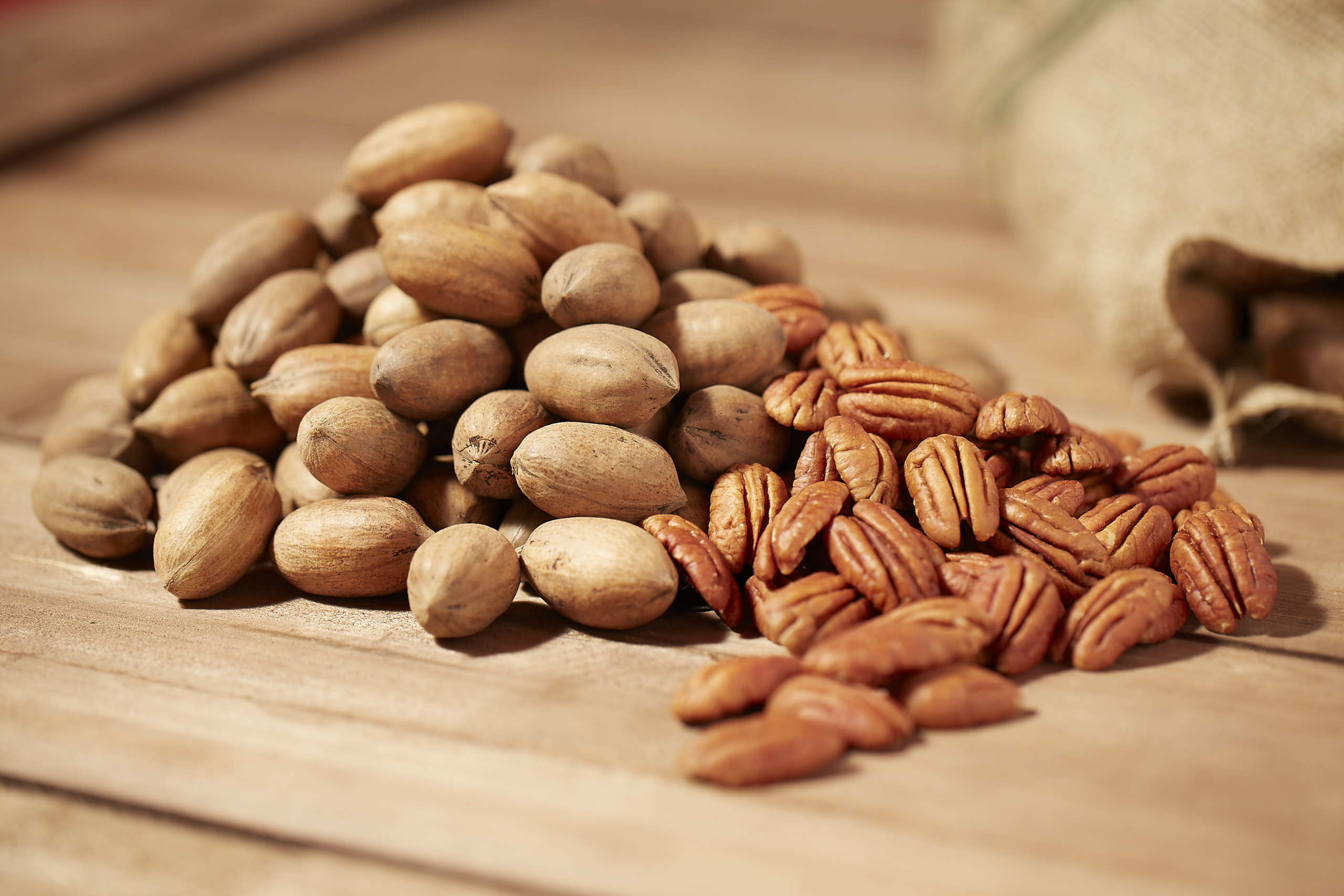By Jessica Bombace, ASU Nutrition Student

Photo Provided by Green Valley
Nuts may seem like just an ordinary snack or something you would find in your trail mix but it really is more than that! And, Arizona is home to some amazing pistachio and pecan nuts contributing just over $3 million to our economy.
Let’s first start off on what exactly is a nut? A nut is actually considered a fruit that is composed of a hard shell that is not edible but it also contains a seed, which is edible.
Some keywords to know:
- Tree nuts
- Peanuts
- Fatty acids
- Antioxidants
- Cholesterol
- Cardiovascular disease
- Diabetes
- Inflammation
This research article will contain a couple of studies in regards to the benefits of nuts.
A study done at Tufts University (Massachusetts), was conducted called a meta-analysis study, Health Benefits of Nut Consumption. This meta-analysis study combined 61 studies together where some participants consumed tree nuts while others did not. People in general knew that eating nuts can lower your risk of heart disease but the study done at Tufts University has changed the game and provided more health benefits on the intake of nuts.
The tree nuts that were used in this study were walnuts, almonds, pistachios, macadamia nuts, pecans, cashews, hazelnuts or Brazil nuts. These nuts were consumed daily and the kind of nut did not matter. The purpose of this study was to examine the effects between subjects who consumed and those that did not consume the nuts on their blood cholesterol, triglycerides, along with HDL and LDL.
To get more in detail about this study, the participants that consumed nuts ate 2 ounces daily for a month. After a month, the results were compared between both groups. The group of participants that ate the nuts had a lower total and LDL cholesterol. What the nuts did not affect was the HDL.
Nutrition Content of Nuts!
- Nuts are very nutrient dense. Not including chestnuts (which have a lower amount of fat), other nuts have a high total fat content. Fat content ranges from 46% (cashews and pistachios) to 76% (macadamia nuts).
- “Good fat” is that even a thing? Yes, it and nuts are known as “good fats.” The saturated fat is low while nearly half of the total fat includes unsaturated fat, monounsaturated fatty acids in most nuts as well as linoleic acid (Brazil nuts) and omega 3 fatty acids.
- Nuts contain a very interesting amino acid, L-arginine. This amino acid basically makes nuts so beneficial in the coronary heart disease category. L-arginine is the precursor of the endogenous vasodilator, nitric oxide that potentially helps in vascular reactivity.
- Not only are nuts a good source of macronutrients they also have significant amounts of essential micronutrients. The micronutrients that it contains are folate, antioxidant vitamins and phenolic compounds.
- Folate: is a B vitamin that is necessary when it comes down to normal cellular function, which plays an important role in detoxifying homocysteine, a sulfur-containing amino acid.
- Antioxidant & phenolic compounds: protect the germ from oxidative stress along with preserve the reproductive potential of the seed.
- CHOLESTEROL FREE! Yes I said it, CHOLESTEROL FREE! What makes nuts cholesterol-free is that they contain a significant amount of sterols that are non-cholesterol sterols and it contains compounds called plant sterols or phytosterols. Phytosterols is what helps to lower blood cholesterol since they interfere with cholesterol absorption.
In another series of U.S.-based studies published in Vegetarian Journal in 2016, the Health Benefits of Nuts, all four studies showed beneficial effects of consuming nuts & CHD, in addition to the study subjects with the highest consumption of nuts resulting in a 37% reduction of in multivariable adjusted risk of CHD.

(Ros, 2010, p. xx)
If nuts weren’t beneficial enough with how nutrient dense they are and how they lower our LDL and total cholesterol, they also are associated with type 2 diabetes which is a major risk factor for CHD. So, nuts go beyond providing a nutritious choice of snack or addition to a meal, and lowering the risk of CHD, it also plays a role in a person who has type 2 diabetes.
The health benefits are constantly being studied. And year after year, this research continues to confirm how important nuts are to our diets. Are you nuts for nuts yet?
Continue following Fill Your Plate to watch for more articles on the health benefits of nuts and more. The cool thing, Arizona grows two varieties of these tasty, healthy nuts: Pistachios and Pecans.

